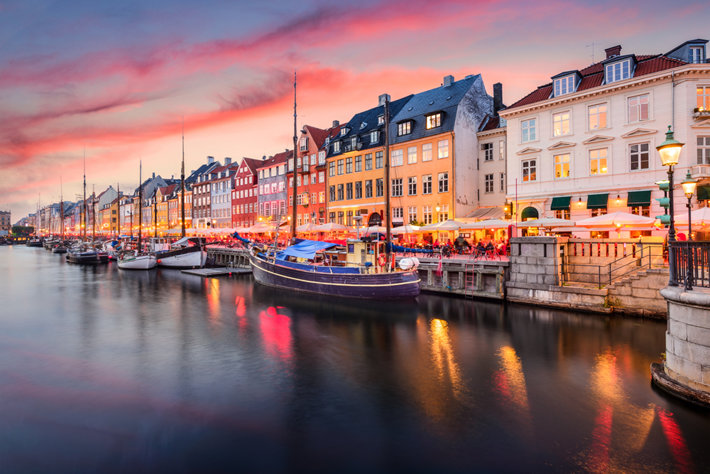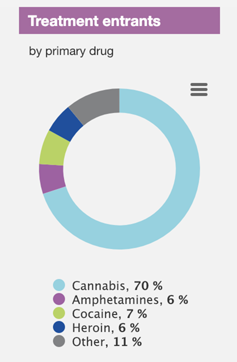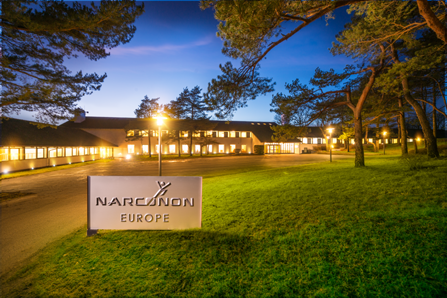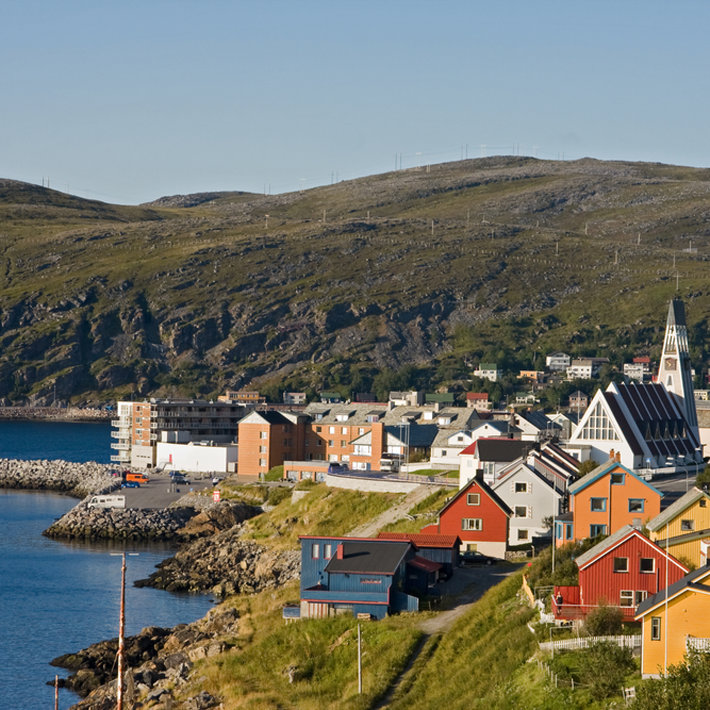Which Drugs Are Sapping the National Spirit of Denmark?

Like other European countries, Denmark struggles with the use of cannabis, alcohol, heroin, cocaine and amphetamine among its citizens. But unlike some other countries with high levels of heroin, amphetamine or cocaine use, more Danes are suffering from their consumption of cannabis and alcohol than suffer from use of any other substances.
Strong Cannabis Creates Serious Problems
Overwhelmingly, it’s cannabis that’s sending people to drug rehabs. Seven of every ten people arriving at rehab say that their primary problem is with cannabis. This doesn’t mean they don’t use other drugs, it just means that this is the drug causing the most dependence. Mixing cannabis with alcohol is very common.
It is also the strongest cannabis in Europe, according to the European Monitoring Centre for Drugs and Drug Addiction. That potency can easily be a factor in cannabis being the #1 drug causing Danes to enter rehab.

About half of those arriving at rehab for recovery from cannabis addiction are there for the first time. The rest have made one or more prior attempts at recovery.
The only bright spot in the curse cannabis visits upon the Danish is that use by students 15 and 16 years of age has recently been decreasing. Still, nearly 20% of Danes between the ages of 15 and 24 use the drug each year.
Other than cannabis, heroin, cocaine and amphetamines each create about 7% of drug rehab arrivals. Use of cocaine and MDMA (ecstasy) has been increasing over the last several years and use of amphetamines has been stable for the last few years.
Alcohol Consumption Is Pervasive
Nationally, it appears that Denmark is trying to come to grips with its high levels of drinking. A 2016 survey of Danes aged 18 and older revealed that 72% of them are trying to cut down on their drinking.
Denmark has a very high level of alcohol consumption—only 5% of men and 16% of women are lifetime abstainers. Among 15 to 16-year-old students, 32% reported being drunk in the prior 30 days, compared to an average of just 13% in other European countries.
According to the World Health Organization, 11% of Danish men and 4% of the women suffer from alcohol-use disorders. Alcohol dependence takes its toll by causing early loss of life due to liver cirrhosis, traffic accidents, several types of cancer, heart disease, diabetes and many other illnesses.
Narconon Europe is Conveniently Located for All Danes

Less than an hour away from Copenhagen, Narconon Europe offers a drugless, holistic approach to recovery for anyone suffering from either drug addition or alcoholism. This beautiful rural lodge on the banks of Lake Arresø is the perfect place to reclaim one’s sobriety and enjoyment of life.
Here, it’s not necessary to offer a person methadone, Suboxone or heroin-assisted treatment. In this location, sobriety is achieved by helping a person recover from the toxic effects of addiction, their own guilt and the loss of their life skills. Step by step, each person is guided and supported as they overcome their cravings for drugs and learn how to make the right decisions to stay sober in the future. When life is truly enjoyable again, there’s no reason to seek the oblivion of drugs.
Learn how the true rehabilitation program at Narconon Europe in Helsinge, Denmark can help someone you care about leave drugs and excessive drinking behind. To learn more about the program and find out how soon your loved one can arrive, call 45 78 75 53 15 today.
Like other European countries, Denmark struggles with use of cannabis, alcohol, heroin, cocaine and amphetamine among its citizens. Unlike other countries, cannabis is the primary drug creating 70% of rehab arrivals.


